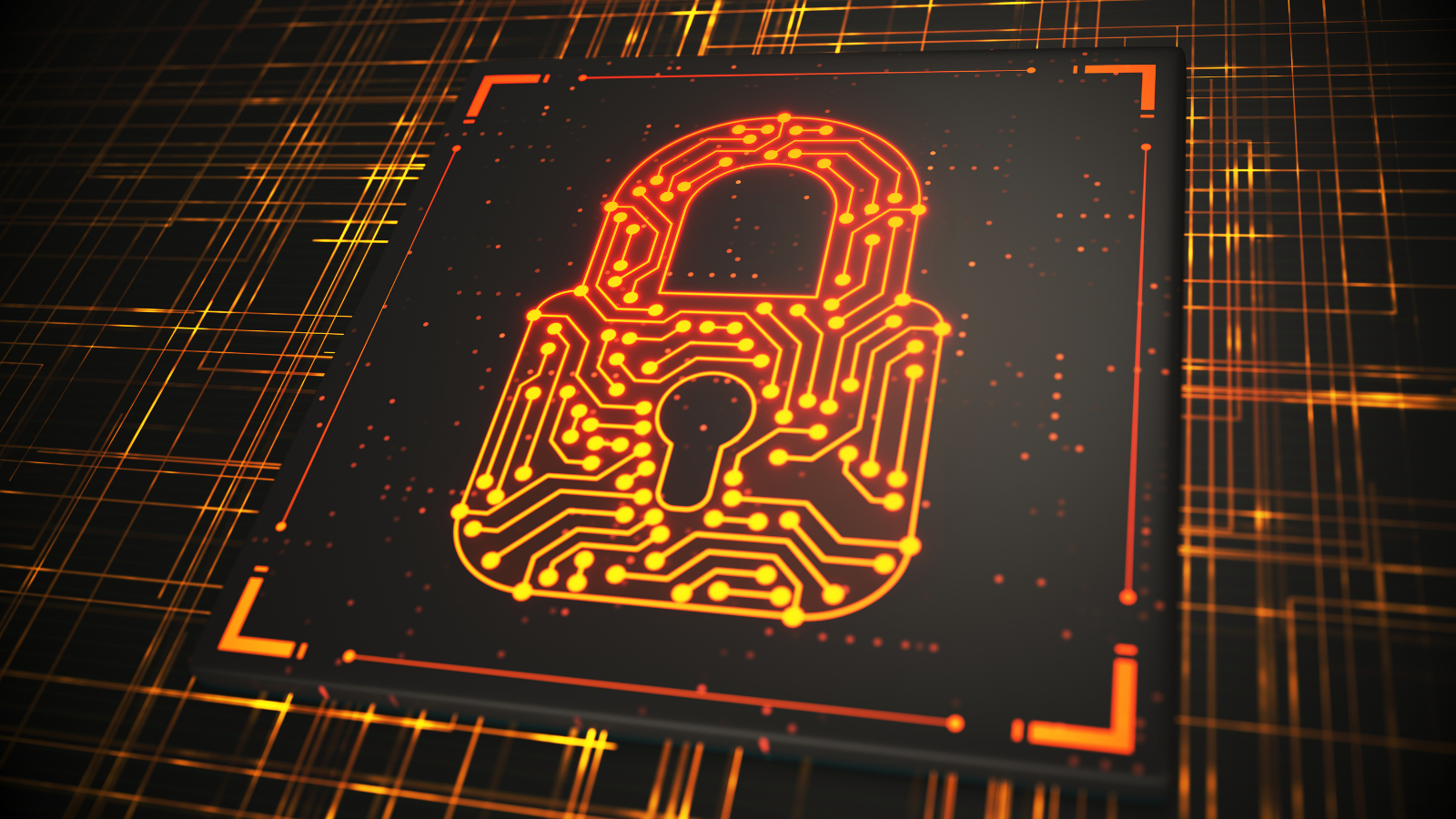by Christian Cawley, Contributor at Broadband.co.uk
Mobile devices, online chat, gaming, and social media have all contributed to making private spaces more public. It is difficult to know who children are communicating with, when, and how in a world of computers, consoles, and smartphones.
But online safety for children goes beyond digital stranger danger and cyber-bullying.
Is social media safe for children?
The simple answer to this question is “yes.” But only if it is used in a responsible, safe manner.
Social media has so many potential risks, from grooming (sexual, political, and cultist) to bullying and even identity theft. Social media companies are aware of the problems on their platforms, which is why they attempt to implement robust reporting systems.
Before giving children access to social media, it is a good idea to consider your own social media use. This should be from the viewpoint of setting an example as well as reflecting on what you have shared about your children. Will they appreciate baby photos popping up, for example? With many more parents now opting not to share photos for fear of pubescent embarrassment of their offspring, take the time to perhaps restrict who can view such photos (and perhaps others!) that you have posted.
Every social network has a minimum age for use. It is important that this is adhered to as a starting point. There is no point giving a 10 year old access to, say, Facebook, where the minimum age is 13, and being surprised when something happens.
Whatever social networks your child uses, it is smart to give them access at first through your own account. When the time comes for them to have their own, be sure to ensure it is associated with an email account you have access to, with a password you know, so that you can monitor it.
Are online conversations safe?
With so many avenues for online conversations, it is important to know who your children are talking to. Just as you wouldn’t want them chatting with strangers while out shopping or traveling from school, so you should have concerns about who they’re talking to online.
First and foremost, do your children know who they are communicating with online? If they’re chatting with friends, the content of the conversations might be an issue, but friends are preferable to strangers. Having an approved contacts list might be a good strategy for online safety, and help monitor for bullying and other abusive behavior.
But sharing information online should also be done with care. This is where a conversation is useful, one that underlines what information should not be shared online, and why this is important. Children should also be aware that nothing that is posted online can ever be truly deleted. This includes political opinions, thoughts about sex, illegal activities, and of course videos, photos, GIFs, TikToks, etc.
Keep an eye on things with mobile device monitoring
Virtually every mobile platform and game console system provides tools to help you monitor and restrict the online activities of your children.
As well as native parental control tools on Android and Apple phones and tablets, third party tools can be installed. Parental control software can restrict what applications are installed (including chat and social media apps), and how much (if any) money can be spent.
Such apps can also be used to monitor activity and even track the location of a phone. This is also useful for finding lost devices, as an alarm can be remotely activated to help you locate the phone.
Scams, phishing attacks, and other threats
An oft-overlooked risk for kids online comes from scams and phishing attacks. After all, why would cyber-criminals target children?
Well, to start off with, they might have their own bank accounts. Worse, there is a good chance your children know some of your passwords or at least personal information. Perhaps worse than that, children represent future opportunities for online scammers.
Children should be aware that unsolicited links should not be clicked. If they have email accounts and a message arrives from a person or organization they have no contact with, it should be deleted. Awareness of spoof websites, ransomware, and phishing should also be raised.
In the meantime, as a parent you can install spam and threat-monitoring email precautions, as well as make a weekly check of your child’s inbox. Overall, however, good quality email security software should provide adequate protection.
Get the balance right
While your child may be more familiar with the online world than you, plenty of tools are at your disposal to ensure their experience is a safe one.
Security software, parental control tools, and ground rules for online behaviour can and should all be used to keep your children safe online. It doesn’t matter if they’re playing online games or chatting on social media, those tools should be employed.
But suddenly introducing measures without first discussing them can lead to resentment. Instead, aim to get your children on board with using the tools, by identifying threats together and looking at the solutions that can be implemented. Decide together on an appropriate level of control.
This can also help you to establish a balance between monitoring online activity and respecting the privacy of older, more independent children.
Christian Cawley has a background in general desktop support in the public sector and specialized software support in the private sector. Christian has worked as a freelance technology writer for websites and newsstand publications since 2008.
